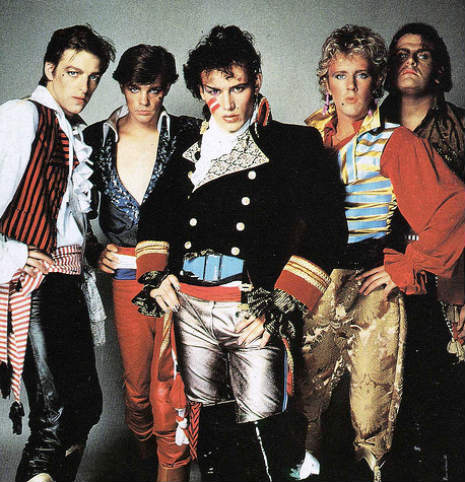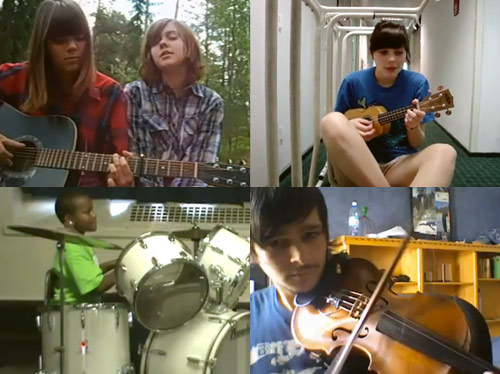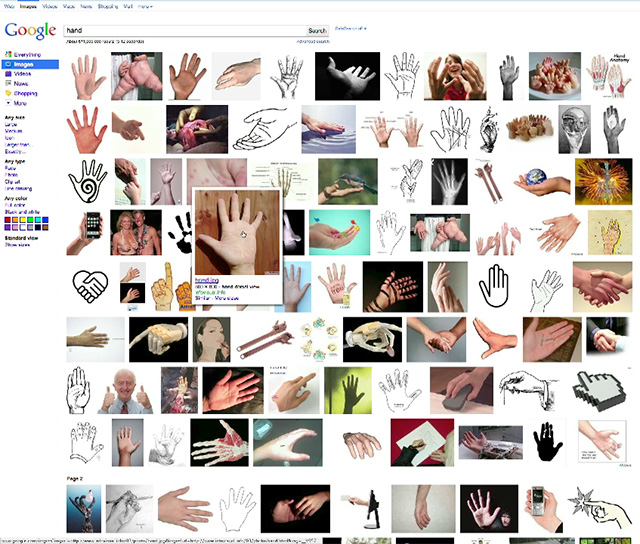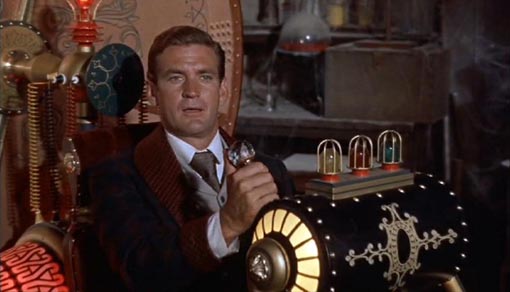
Strategies, 2010-2011, by Harm van den Dorpel…

Strategies, 2010-2011, by Harm van den Dorpel…
Art Tape: Live With / Think About«, 2011 by Michael Bell-Smith…
(Via VVORK)
Cindy Sherman reveals how dressing up in character began as a kind of performance and evolved into her earliest photographic series such as “Bus Riders” (1976), “Untitled Film Stills” (1977-1980), and the untitled rear screen projections (1980)…
Unboxing Videos are a very popular genre on Youtube. And yes, most of the times they’re boring. Not this one…
(Via Nerdcore)

Boy George hosts this documentary on the 1980s New Romantic music and fashion scene. Made in 2001 for Britain’s Channel 4…
(Via Dangerous Minds)
“
(Via Superlevel)
Let’s celebrate together with this awesome surreal karaoke videoart by Ben Coonley….
(Via Rhizome)
No description would be accurate. You just have to click play…

Boooooooom just launched a new project: the Cover Song Archive: famous songs covered by non-famous people. Sounds amazing…

High Five, by Niko Princen…
[via]
Camera Capture, “a film about those strange modes on your digital camera”. Made my day!
Good stuff never gets old…
A collections of news reports, commercials, and instructional videos from the 90’s, trying to explain that massive computer network that’s becoming really big now.
[via devour]
Non sono passate nemmeno 24 ore dalla pubblicazione online del video di Lotus Flower, singolo del nuovo, atteso disco dei Radiohead, ma Thom Yorke che balla è già diventato un meme. Qui sotto trovate l’originale e le derivazioni (in continuo aumento)…
Ah, c’è anche un Tumblr Blog a tema: Dancing Thom.
Meet Nelson, Coupland, and Alice — the faces of tomorrow’s book. Watch global design and innovation consultancy IDEO’s vision for the future of the book.
No words to describe this. David O’Reilly is a genius. End of story.
Art Thoughtz is a series of Youtube videos by Hennesy Youngman. Art history, advices for artists and curators and some philosophy too…
Spy vs Spy, by Anthony Michael Sneed. Screen sharing via screen sharing…
[via mbf]
This guy is a total genius…
[via]
Meet the mighty Leslie Hall…
[via]
A website that celebrates the centenary of Marshall McLuhan’s birth. There are lots of great videos inside, beginning, of course, with this….
[via boing boing]

The Time Machine in alphabetical order, by Thomson & Craighead:
“The Time Machine in alphabetical order is a complete rendition of the 1960’s film version of HG Wells Novella re-edited by us into alphabetical order from beginning to end. In doing so, we attempt to perform a kind of time travel on the movie’s original time line through the use of a system of classification.”
[via vvork]